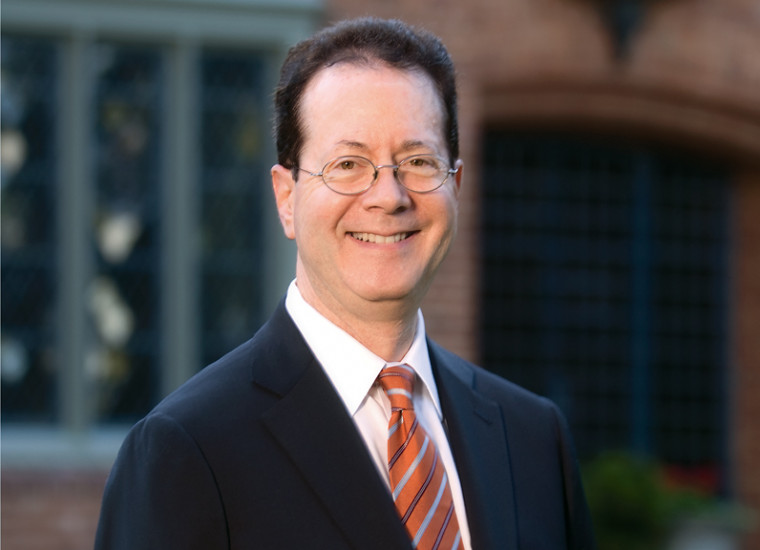The Point of Departure
Open gallery

Standing on the deck of the S.S. President Cleveland, about to sail for Japan, Steve Crow was “scared spitless.” But he was also raring to go, this first-year student from eastern Oregon farm country. Looking across San Francisco Bay, he thought, “If I can succeed in this, nothing can get in my way.”
The date was September 13, 1962, the dawn of Lewis & Clark’s Overseas Study Program. What began then as an experiment has since become central to our ethos of robust global engagement. For Steve Crow BA ’66 and the more than 200 faculty and 10,000 students who have followed, our Overseas Study Program has been the gateway to a much wider world.
This year, we will celebrate 50 years of overseas explorations and discoveries—journeys that have helped transform Lewis & Clark from a regional college into an international institution. In 1961, when a student said he came from “back east,” he might well have been referring to Bend rather than Boston. Now our students who proudly call Oregon home are joined by undergraduates representing 47 other states and 69 nations.
Last year, these students participated in 29 study programs in 17 countries—two-thirds of which are outside of Western Europe. A full 63 percent of our recent graduating class studied abroad, and alumni often tell me that their overseas programs shaped their outlook and future careers. Not surprisingly, reunion attendees frequently say that some of their deepest connections to the college and to their classmates were formed as a result of overseas experiences.
When Jack Howard became Lewis & Clark’s president in 1960, he and a core team of faculty, students, and trustees recognized that the globe was being transformed by what Howard called the “international interdependence of people.” So together they reshaped the curriculum and developed new programs. Today students and faculty come to Lewis & Clark because they seek a world that is wider than their present circumstances. And we see that pursuit across the institution.
At Lewis & Clark Law School, we have introduced a global law certificate, and we’re building dean and faculty collaborations in India and China as well as growing student exchanges.
Our Graduate School of Education and Counseling is establishing best practices in cross-cultural engagement, as faculty and students have traveled to Uganda to lead family therapy training and have done related work in Egypt and India.
And the College of Arts and Sciences grows ever more distinctive in three dimensions seldom seen so clearly in one place: Students gather here from around the world; students depart here to study internationally; and a global consciousness infuses our curriculum, campus life, and outreach.
At Lewis & Clark, we believe that global understanding is built on relationships that require us to confront our limits and to stretch beyond the boundaries of our cultures. As Samantha Stein BA ’11, a sociology/anthropology major from Minnesota, said after returning from our overseas study program to Morocco last spring, “I don’t think you can really understand yourself and where you come from until you’re put in an environment that’s so completely different.”
Fifty years ago, the leadership of Lewis & Clark surveyed the horizon and, with great foresight, launched the Overseas Study Program. Since then, thousands of students have embarked on life-changing journeys. In the years ahead, many more will follow. We remain steadfast in our commitment to this visionary program, and we look forward with great anticipation to the next 50 years and beyond.

Barry Glassner
President
More L&C Magazine Stories
Lewis & Clark Magazine is located in McAfee on the Undergraduate Campus.
MSC: 19
email magazine@lclark.edu
voice 503-768-7970
fax 503-768-7969
The L&C Magazine staff welcomes letters and emails from readers about topics covered in the magazine. Correspondence must include your name and location and may be edited.
Lewis & Clark Magazine
Lewis & Clark
615 S. Palatine Hill Road MSC 19
Portland OR 97219

